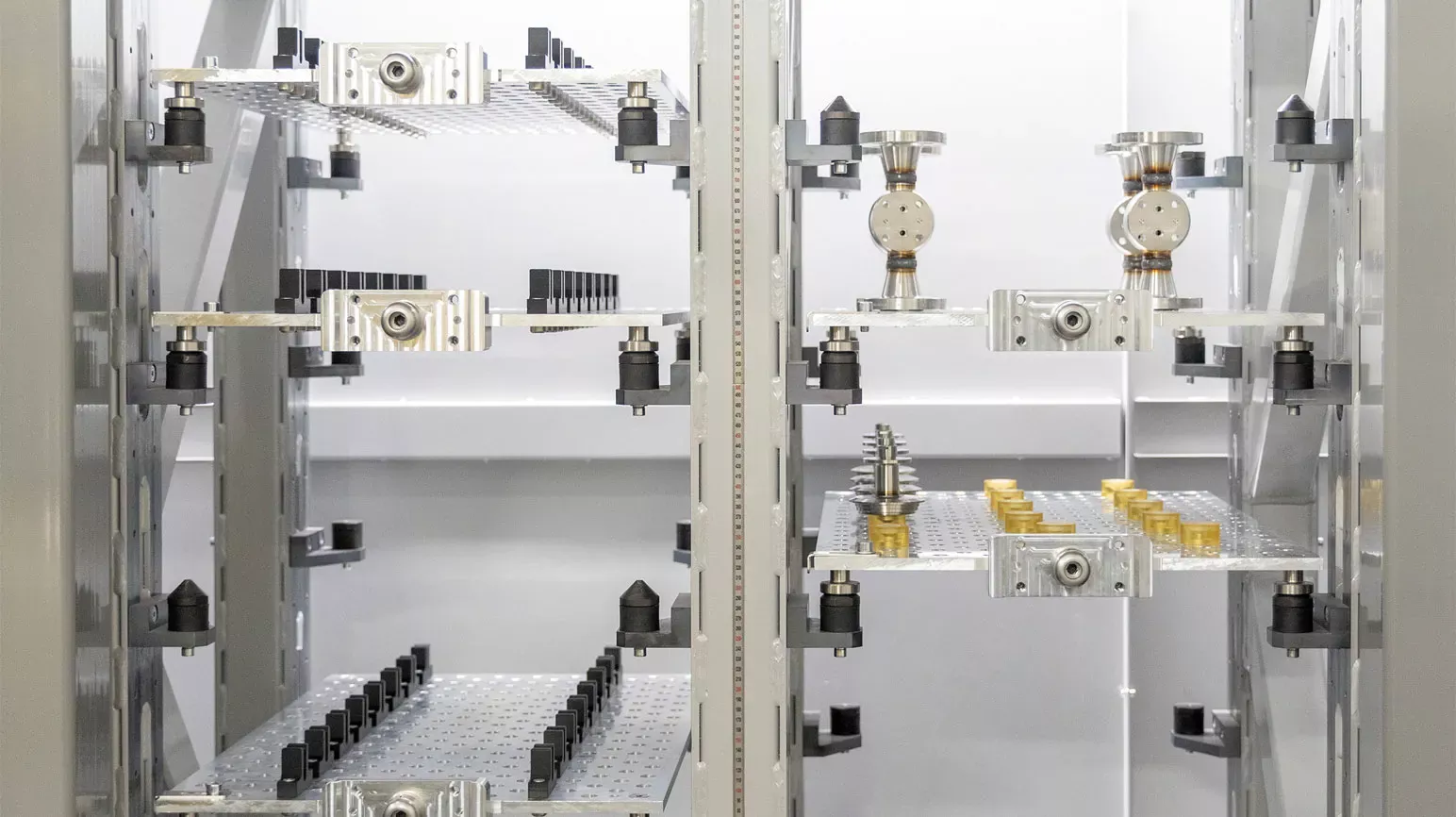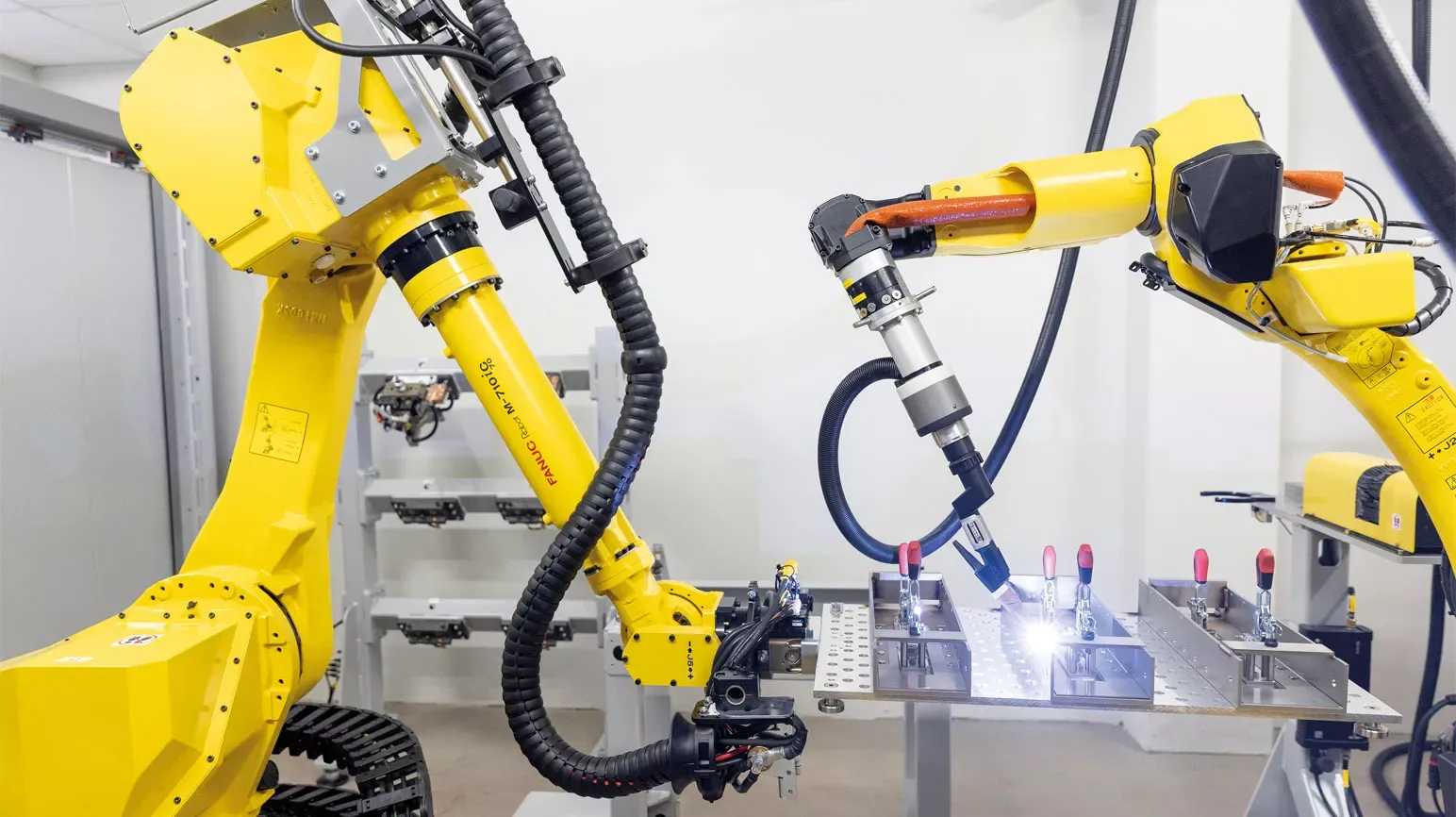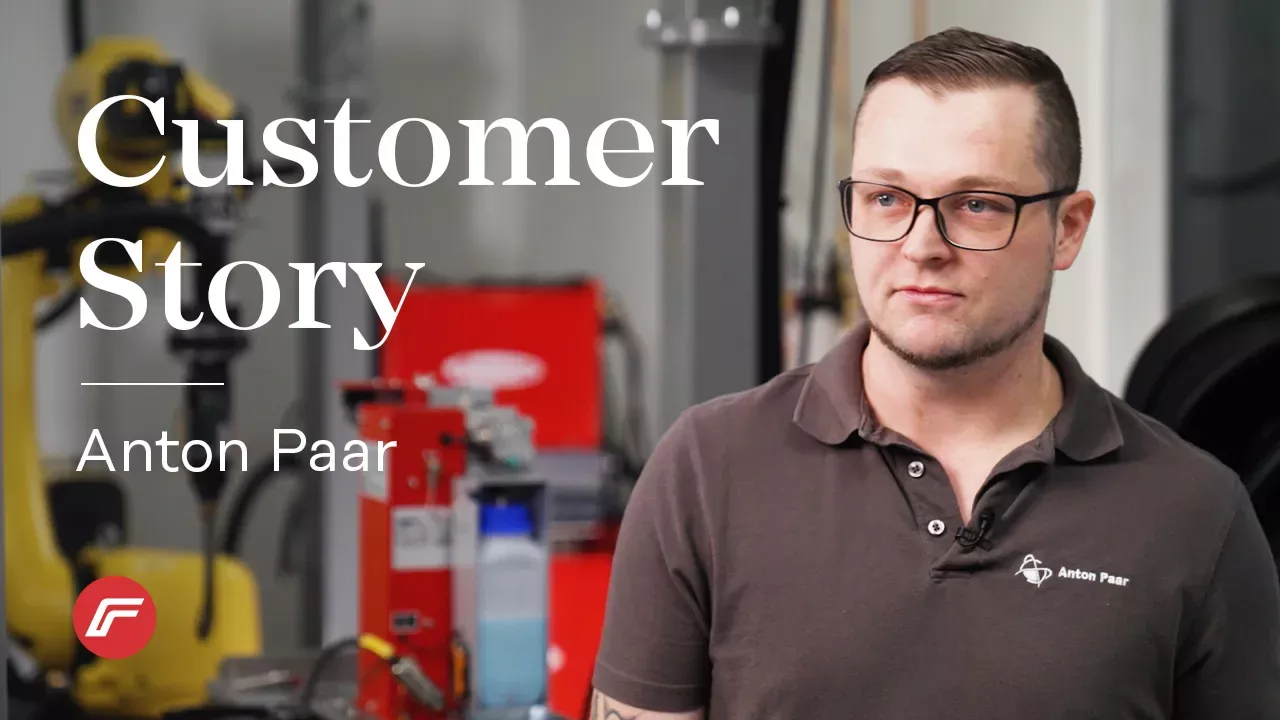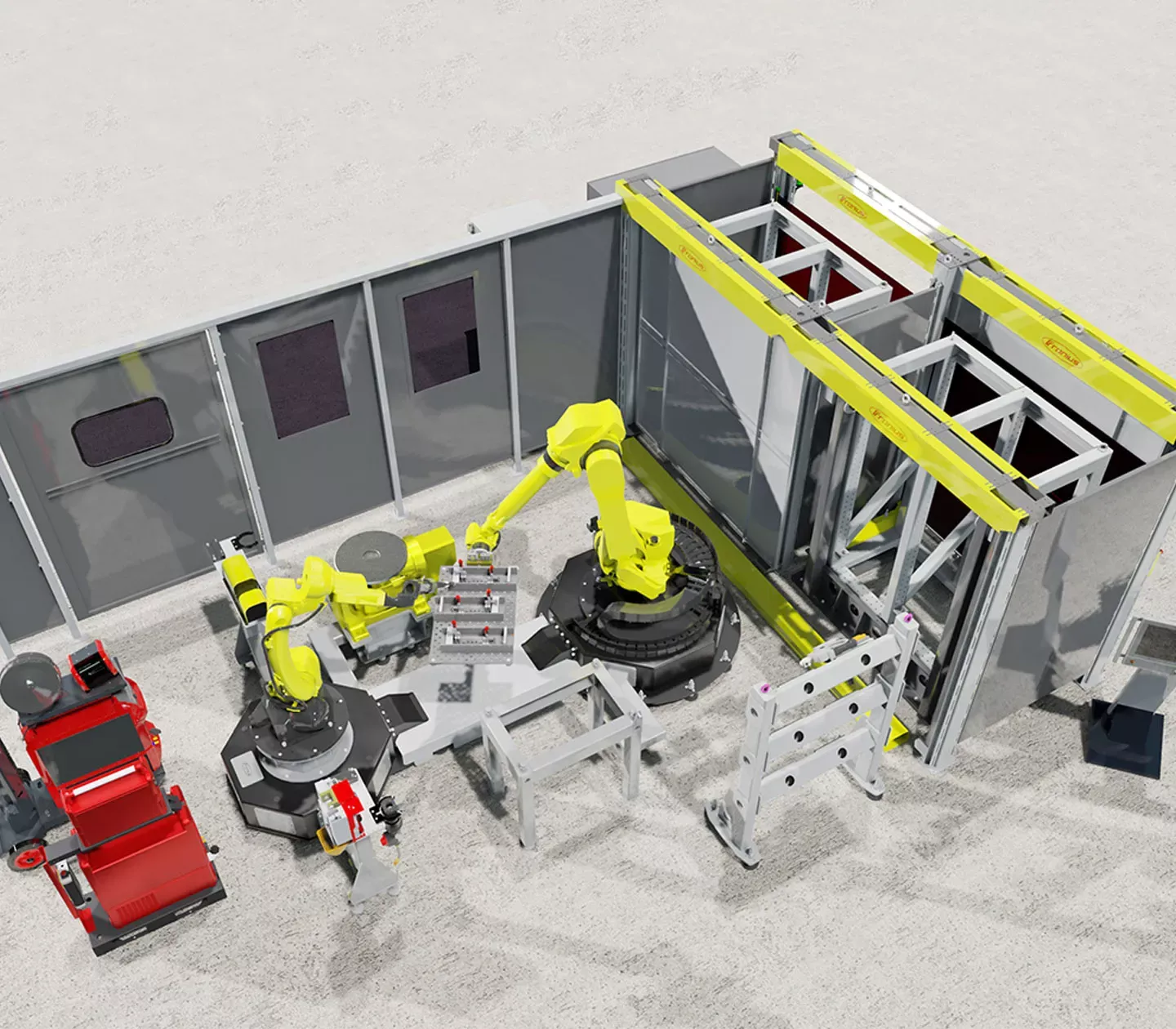Anton Paar
Ready for the Future With New Robotic Welding Cell

Trendsetting Austrian company Anton Paar manufactures high-precision measuring devices for a wide range of industries. Anton Paar Austria GmbH is the world leader in density and concentration measurement, rheometry, material characterization, and the analysis of dissolved CO2.
What's your welding challenge?
Anton Paar, Austria
Company HQ:
Graz, Austria
Sites:
> 30
Employees:
±4000
Production of:
Laboratory instruments
process measurement systems
customized automation and
robotics solutions
Fronius products used:
Handling-to-Welding robotic welding cell
Process application:
TIG
MIG/MAG (CMT, PMC)

The shortage of skilled workers and ever-increasing quantities call for new solutions in production. The new robotic welding cell represents a huge step towards automation of our manufacturing. If we were to weld our process sensors manually like before, we would encounter huge difficulties achieving the planned quantities in the coming years.
Challenge
Ongoing sales growth and a shortage of skilled workers made the switch from manual to automated welding a must, despite small batch sizes of 1 to 400 pieces. The goal was flexibility all along the line, combined with a high degree of cost effectiveness. This meant flexibility in terms the number, shape, and size of the components, in their positioning, and in the use of different welding processes.
Last but not least, system autonomy was a high priority at Anton Paar. Once set up, the welding system needed to be able to process a complete order from start to finish in a single pass—for example, welding a batch of different objects such as oscillator housings, main carriers, or countercoolers. And the system had to be able to do this completely independently and without the intervention of welding specialists.

Solution
Anton Paar opted for a handling-to-welding robotic welding cell from Fronius. The company has access to custom workflows for welding its many different components, including the three main workflows, which are a prime example of the incredible flexibility in the range of components.
Workflow 1:
The components are welded on the turn-tilt positioner. A pallet loaded with
components is removed from the pallet rack and temporarily stored on a pallet
storage table. The handling robot then attaches a suitable gripper for picking
up components, with six different ones being kept in what is known as a gripper
station. Equipped with the gripper, the handling robot picks up the components
and fixes them in a component-specific clamping device. This is already
installed on the manipulator. The robot always removes one component at a time,
which is then joined and returned to the pallet.
Workflow 2:
The components are welded directly on the pallets, with the handling robot
transporting the pallets from the pallet rack and positioning them in front of
the welding robot. The handling and welding robots can then perform coordinated
movements together during the welding process, enabling them to weld not just
simple seam geometries but complex ones as well.
Workflow 3:
The components are removed individually, positioned by the handling robot, and
move in sync with the welding robot during welding. This is called “coordinated
motion”.




